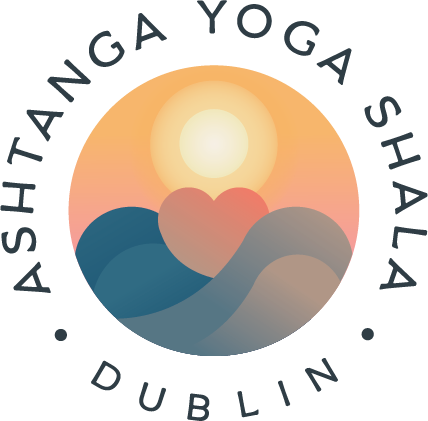We need to talk about dristhi
Well, we need to talk about both breath and dristhi actually. These are two of the three elements which make up tristhana. The third element is asana or postures, which we don't really need to talk about at all! In fact there is already waaaaaaaay too much discussion of asanas on the internet.Tristhana means the three places of action or attention within the ashtanga yoga practice. They go from the gross to the subtle; asana purifies the body, breath purifies the nervous system and dristhi purifies the mind. Notice that bandha isn't included as part of tristhana, it is considered as an extension of the breath.So we already know all about asana. That is the postures, the most obvious part of yoga. In fact, to the uninitiated, that is all that yoga seems to be about. There is of course a lot that can be said about asana but just for today I'm going to park that one here.I find it interesting that the other two elements, breathing and gazing, are considered in many traditions to be practices all on their own. The postures alone don't constitute any kind of yogic practice; when they are practised without the other two elements we call them exercise or gymnastics.For thousands of years the practice of watching the breath has been in existence and it is a fully-formed practice all of its own.Also the practice solely of dristhi in the form of trataka has been around for a very long time.There are so many benefits to practising only these two elements of yoga without even doing the asanas.It is, of course, the asanas that draw most of us into the practice of yoga in the first place but seeing as we are already there, on our mats, day in and day out, year in and year out, we might as well try to bring as much attention to the other two - equally if not more important - aspects of this ashtanga system. Then we can hope to really reap the benefits of practice more consistently and with greater effect.For a more comprehensive and erudite explanation of tristhana please read the kpjayi explanation at https://kpjayi.org/the-practice/
